In the world of garden design, where trends often lean toward polished finishes and picture-perfect symmetry, there’s something refreshingly honest about embracing the imperfect.
One unique and inspiring technique that’s making a quiet but meaningful comeback is flacking. It’s an informal, expressive art form that transforms broken tiles, pottery, and glass into something truly one-of-a-kind and intriguing.
Unlike the meticulous patterns of traditional mosaic, flacking celebrates spontaneity, irregularity, and the beauty of reuse. It’s colourful, creative, and incredibly personal — an approach that invites playfulness and purpose into outdoor spaces.
Whether it’s a flacked stepping stone, a border made from cracked plates, or a tabletop of old ceramics, this technique brings a deep sense of personality and meaning to your garden. It turns your space into more than just a place; it becomes a reflection of your own story, fostering a strong sense of engagement and connection.
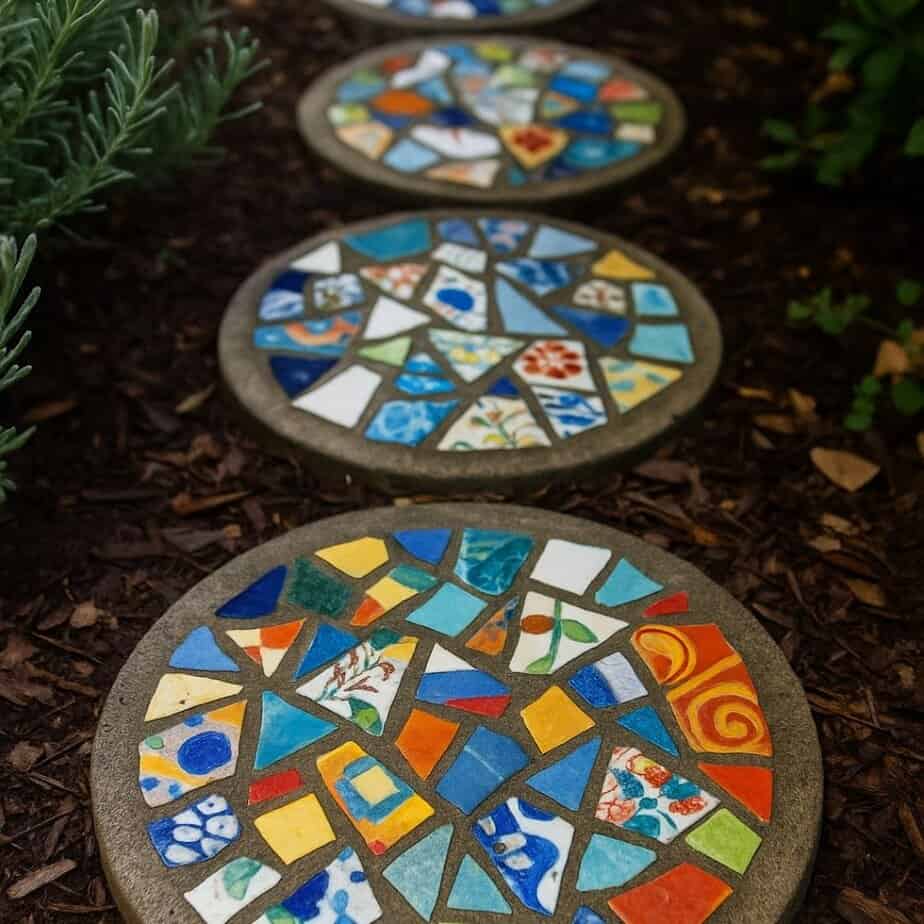
What Is Flacking?
Flacking is a relaxed, artistic way to decorate surfaces using broken or mismatched tiles, plates, pottery, or glass, similar to mosaics, but with a more freeform and organic style.
It’s less about precision and symmetry, and more about texture, contrast, colour, and storytelling.
Unlike traditional mosaics, which are often intricate and pre-planned, flacking feels more spontaneous and intuitive.
You might use the curved edge of a broken plate, a shard of patterned ceramic, or fragments from a chipped teacup that hold sentimental value.
To create a flacked surface, you would first select your materials based on their shape, colour, and texture, and then arrange them on the surface in a way that pleases you. Once you’re satisfied with the arrangement, you can adhere them using a strong, weatherproof adhesive. The result is a one-of-a-kind creation.
The Garden As a Canvas
Garden spaces are ideal for this style of creative expression. Flacking adds colour and charm to paths, stairs, garden beds, or walls—always bold, always eye-catching.
It brings texture, colour, and unexpected detail to areas that might otherwise go unnoticed, sparking inspiration and excitement in your gardening journey. Some popular uses include:
1. Stepping stones or paths that shimmer with glazed pieces and playful colour.
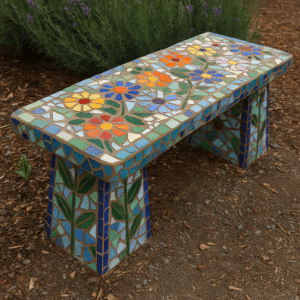
2. Garden walls or retaining edges feature a strip of flacking that acts like a visual border.
3. Planter pots or garden sculptures turned into art pieces with an eclectic patchwork of tiles.
4. Outdoor tables and benches, where the flacking becomes a functional surface as well as a design feature.
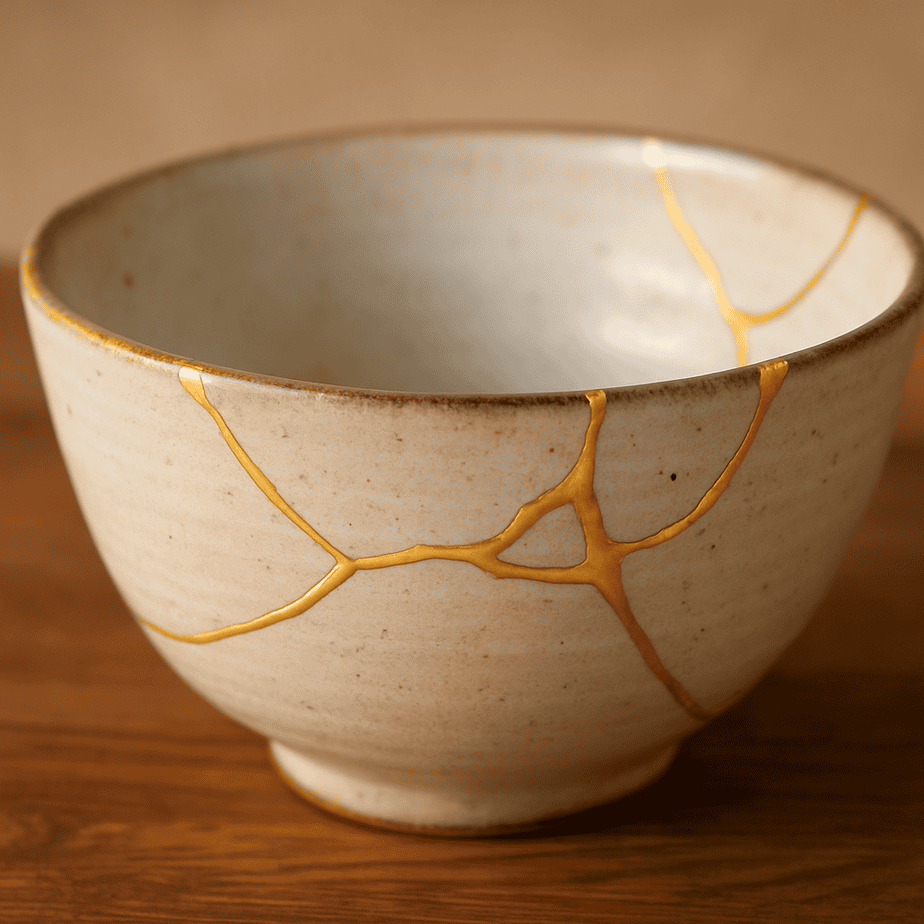
Flacking and the Philosophy of Imperfection
At its core, flacking celebrates imperfection, resilience, and creative reuse, values that resonate deeply in garden design. It reflects a similar philosophy to kintsugi, the Japanese art of repairing broken pottery with gold.
In kintsugi, the breakage isn’t hidden; it’s highlighted and honoured, forming a new, more meaningful object that tells a story of transformation.
Flacking takes a similar approach. It gives broken, discarded materials a new life, and in doing so, turns the act of reuse into a form of beauty.
Rather than concealing flaws, it weaves them into the design, creating something more substantial, more personal, and more layered than before.
In this way, flacking reminds us that gardens are not about perfection. They are about process, growth, and personal connection. What better way to express that than through art made from things with a past?
Sustainable and Accessible
Another reason to love flacking? It’s inherently sustainable. Instead of throwing away broken household items or leftover tiles from a renovation, you can repurpose them for your garden.
You can find a treasure trove of goodies from several places, making it a responsible and eco-friendly choice for your garden design. Places you can go to include:
- Local op shops
- Community reuse centres
- Markets and garage sales
- Friends and neighbours who are clearing out old kitchens or crockery.
- Your kitchen cupboard.
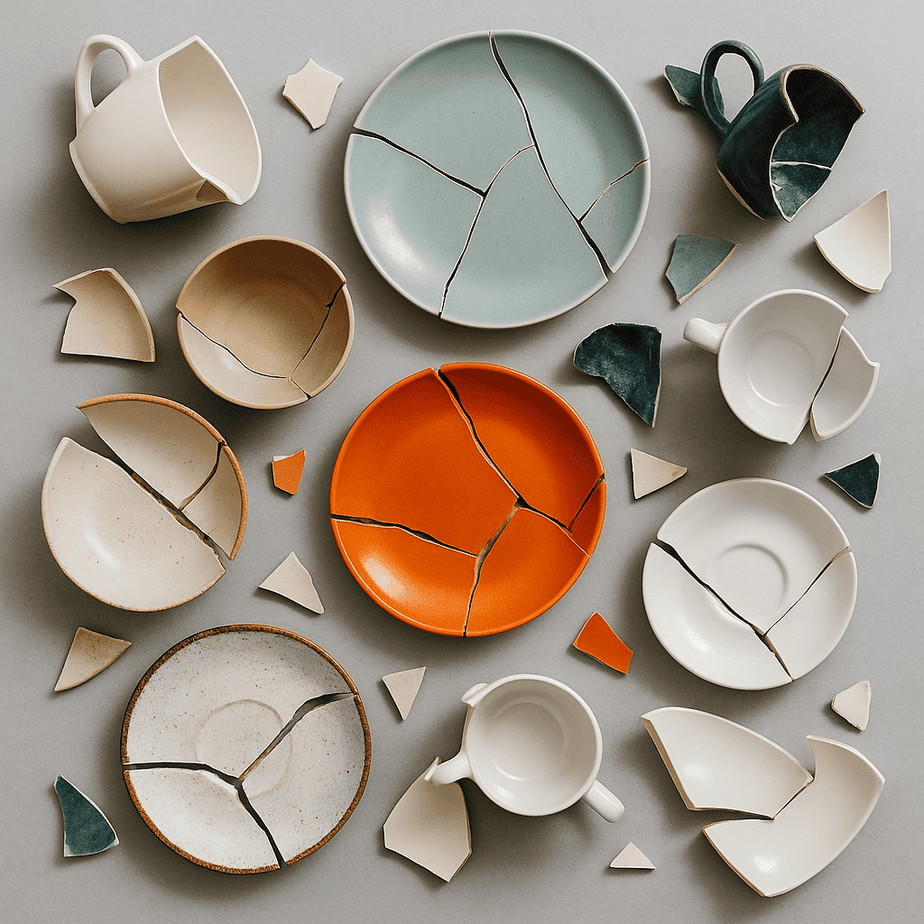
It’s also incredibly accessible as a DIY project. You don’t need to be a trained artist to get started, just a good adhesive, a surface to decorate, and a bit of patience. This accessibility empowers you to create something unique and beautiful in your garden.
However, when working with broken materials, it’s essential to wear gloves and eye protection to ensure your safety. Always handle broken materials with care to avoid cuts or injuries. It’s a tactile, satisfying process that invites experimentation, making it a fun project to do solo, with kids, or as a weekend creative escape.
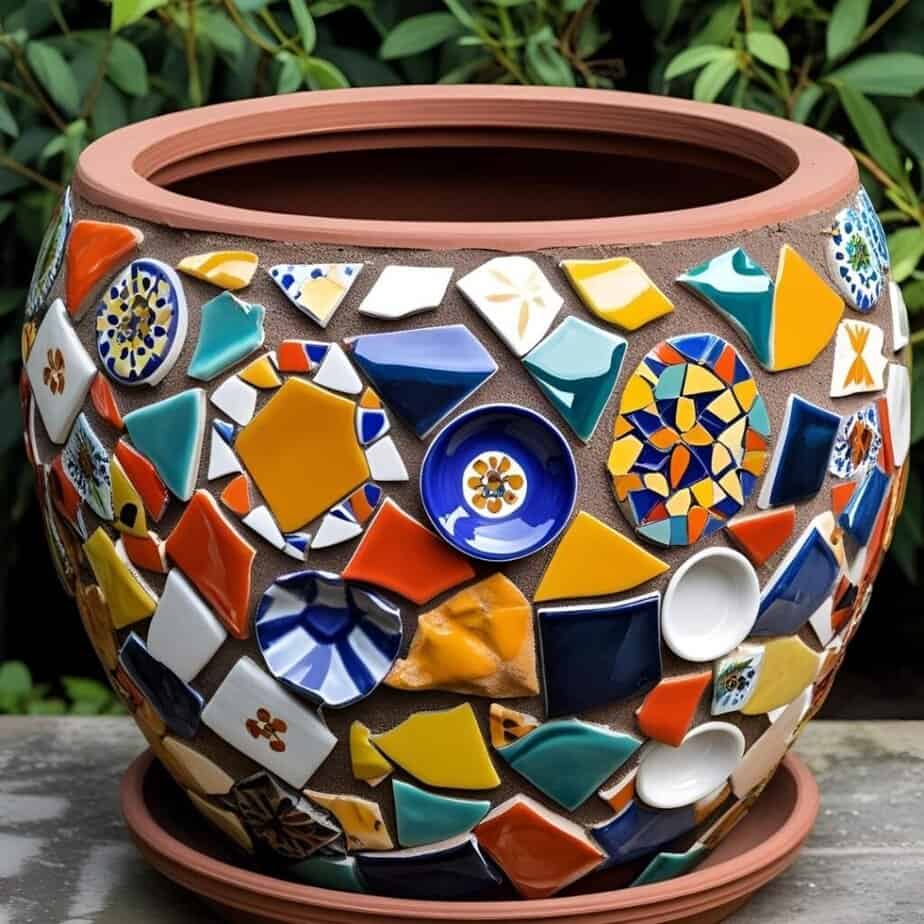
Design Tips for Garden Flacking
Feeling inspired to give flacking a go in your garden? The beauty of this technique is that there’s no strict rulebook; you can let your creativity take the lead.
But if you want your flacked features to be both eye-catching and long-lasting, a little planning goes a long way.
Whether you’re flacking a small pot or an entire pathway, these simple design tips will help you strike the perfect balance between bold expression and garden-friendly function.
Think of them as gentle guides, not rigid rules, because flacking is all about making the space uniquely yours.
If you’re inspired to try flacking in your garden, here are a few practical tips:
- Stick to a colour theme if you want a more cohesive look, like earthy tones, cool blues, or bright and playful pastels.
- Use a strong, weatherproof adhesive, such as epoxy or polyurethane, and grout that can withstand outdoor conditions, like sanded grout or epoxy grout.
- Combine flacked areas with natural elements like timber, stone, or plants to balance the boldness with organic softness.
Don’t overdo it; flacking works beautifully in small doses as an accent or focal point.
A Garden With Soul
Incorporating flacking into your garden design isn’t just about making something look good; it’s about making it feel personal. It invites stories, memories, and even humour into your landscape.
That chipped plate from grandma’s kitchen? That tile from your first home? They can live on, surrounded by sunlight, soil, and new growth, fostering a sense of engagement and connection with your garden.
In a world where so much is mass-produced, flacking brings back the handmade, the humble, and the heartfelt.
It reminds us that beauty can come from breakage, and that gardens, like people, are all the more interesting when they carry a little history.
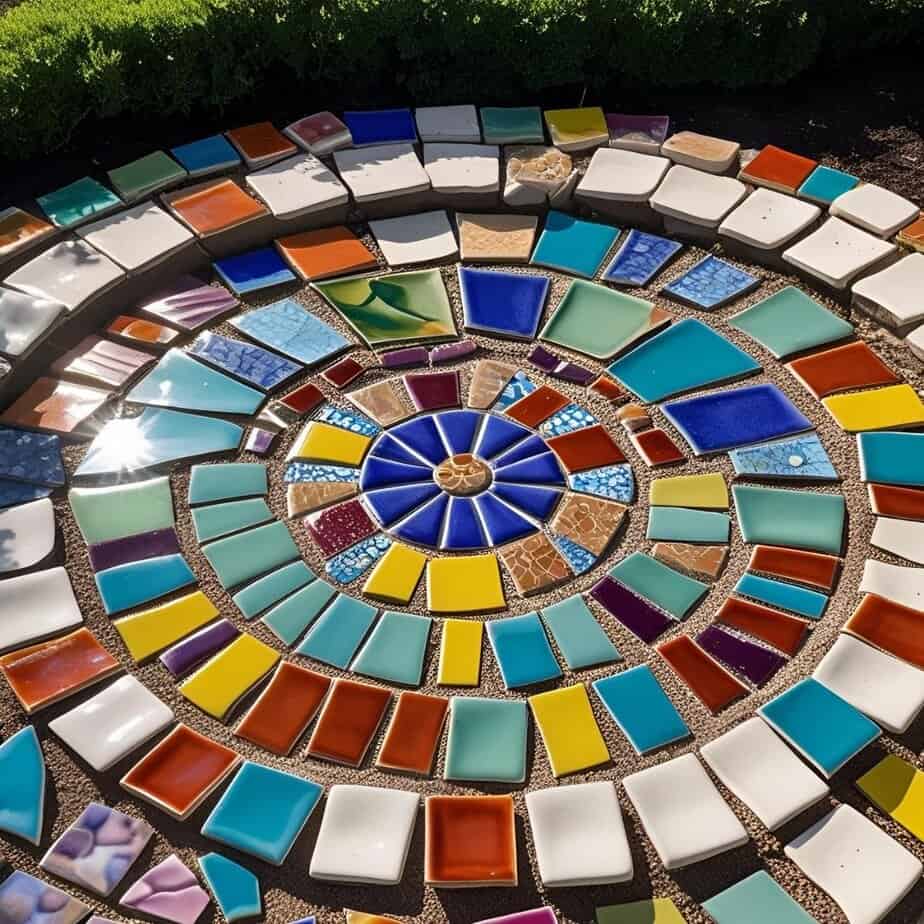
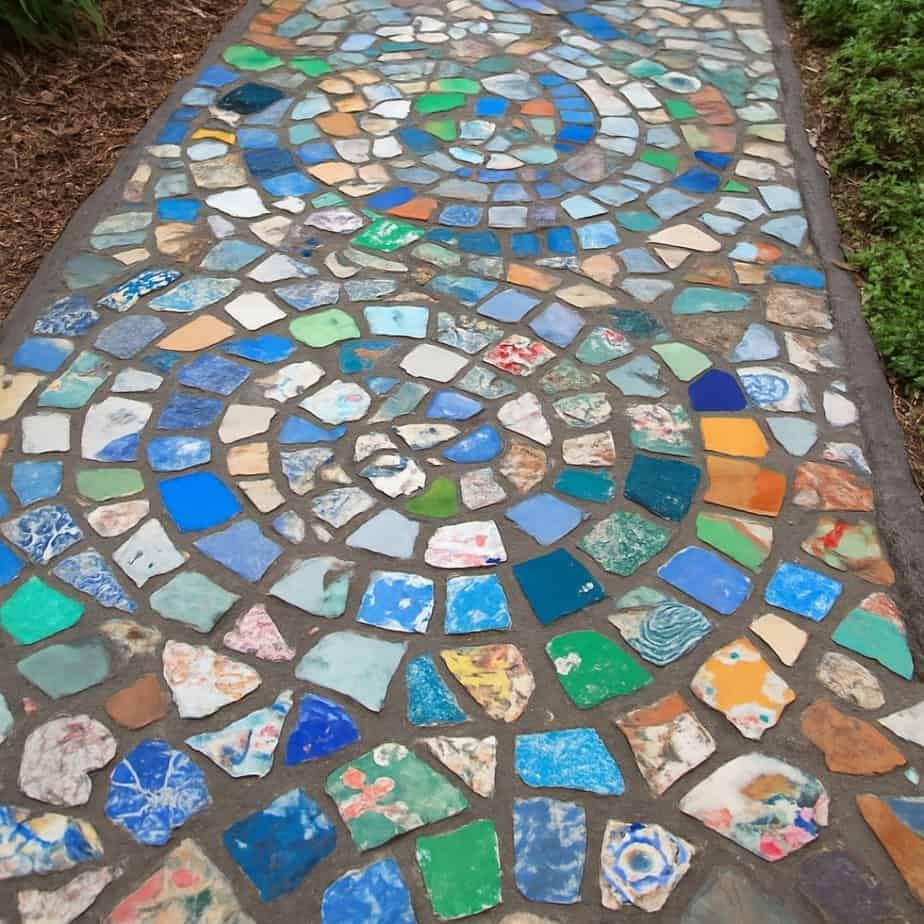
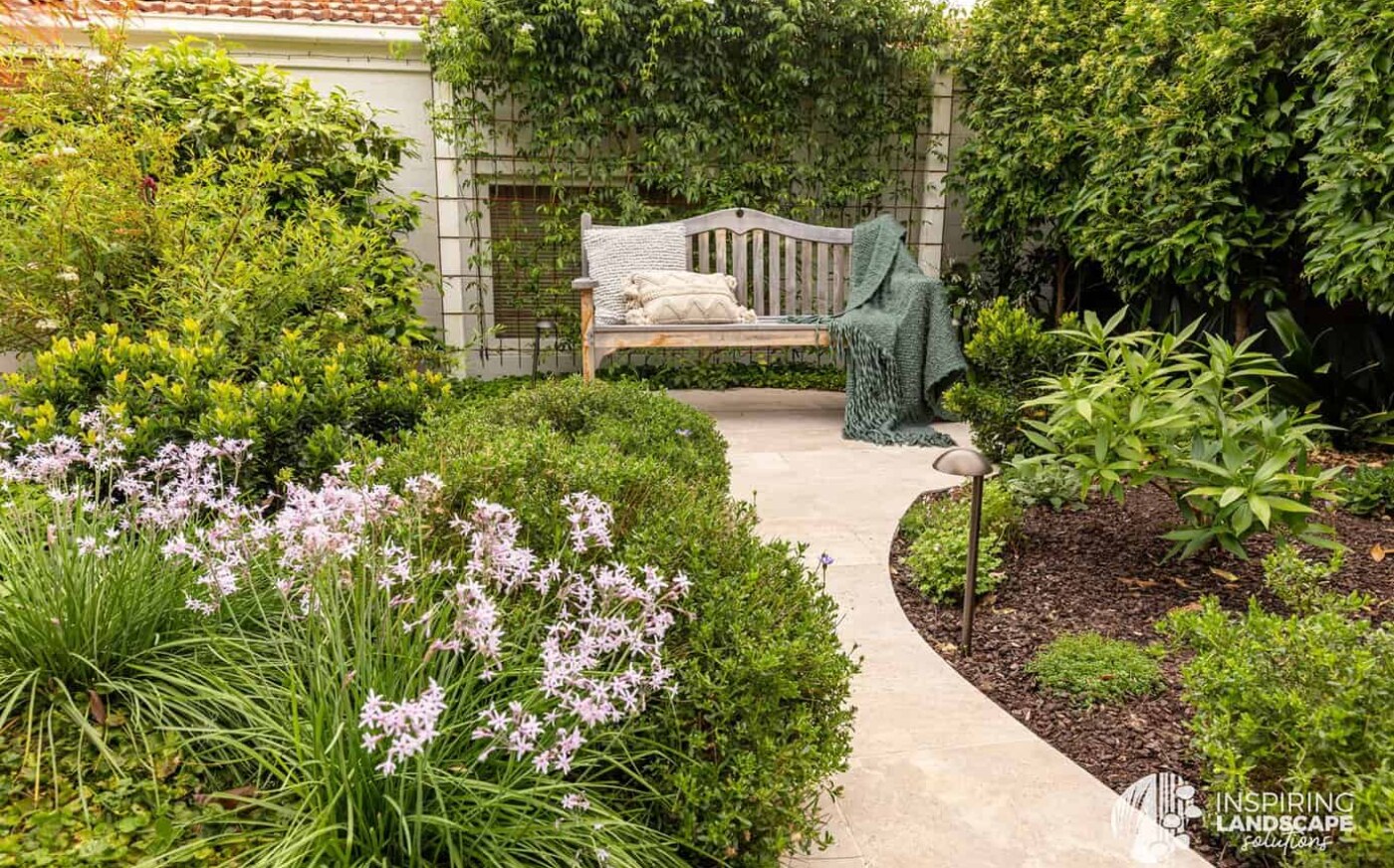
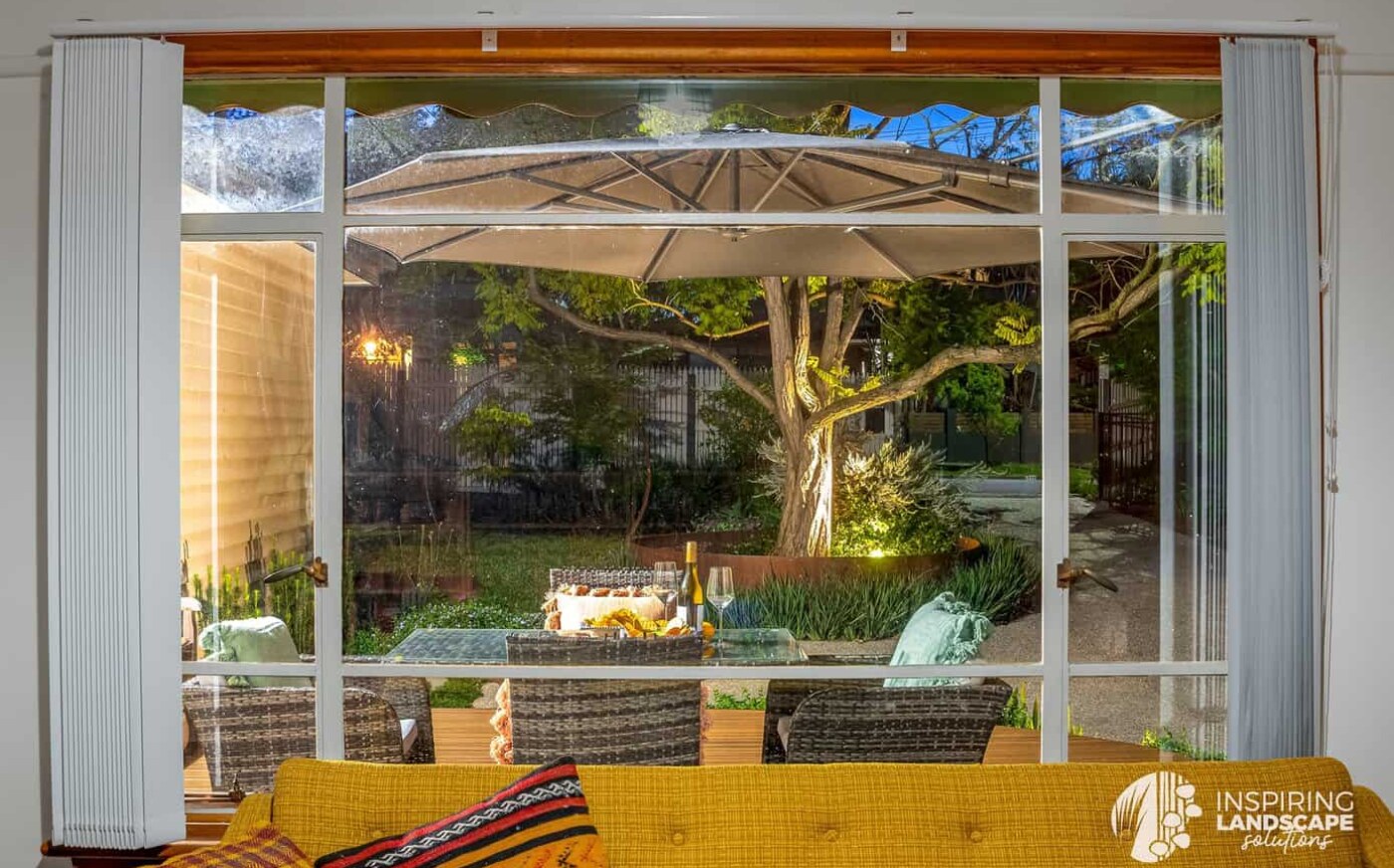

Leave a Comment